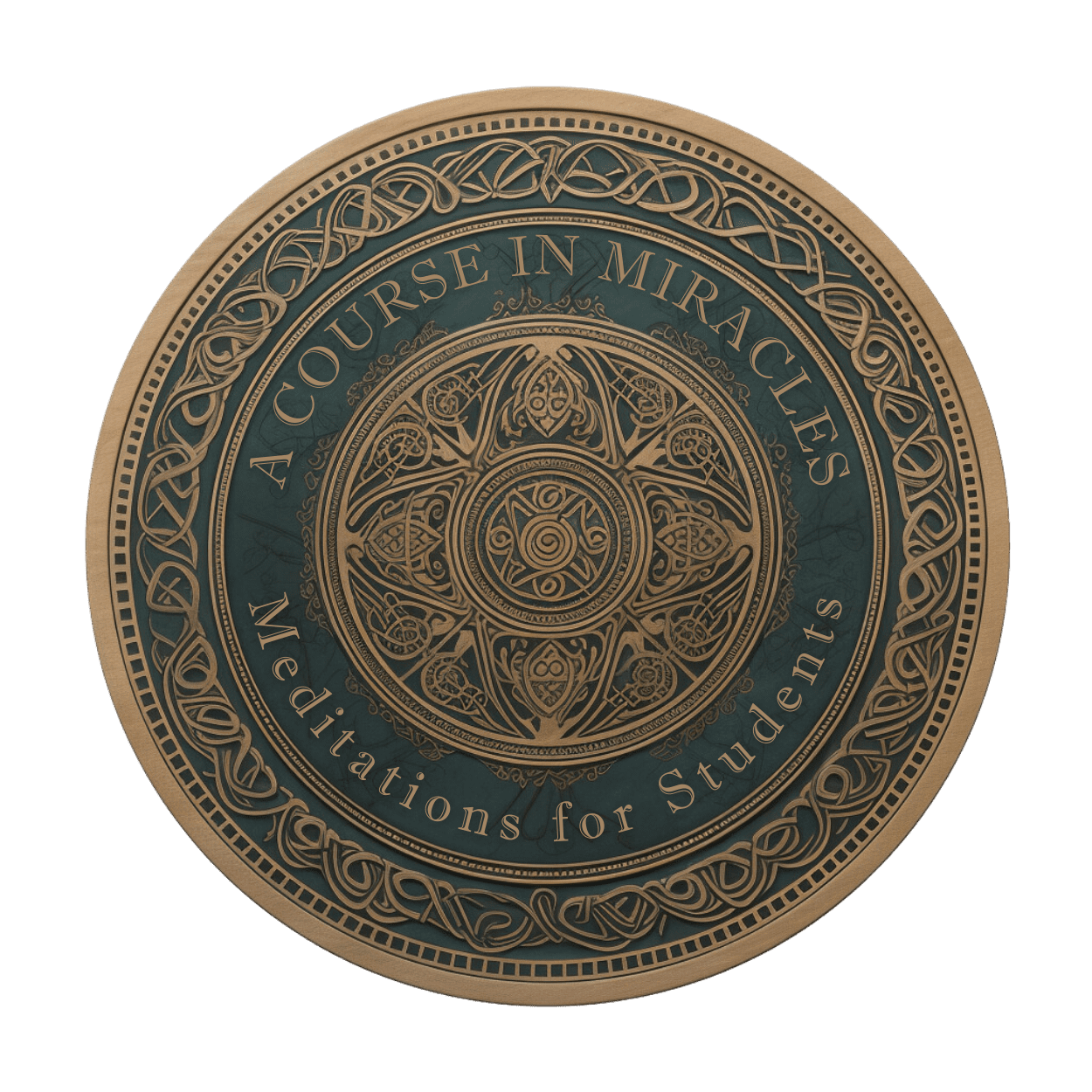
About ACIM
“A Course in Miracles” (ACIM) is a spiritual self-study program that was first published in 1976. It is designed to help us achieve inner peace, happiness, and a greater sense of connection with the divine through the practice of forgiveness and the undoing of ego-based beliefs. ACIM presents a unique and profound interpretation of non-dualistic metaphysics, with its teachings centered on love, forgiveness, and the recognition of our true, divine nature.
The Structure
ACIM is organized into three main sections: the Text, the Workbook for Students, and the Manual for Teachers. The Text provides a detailed explanation of the Course’s metaphysical principles, while the Workbook for Students offers 365 daily lessons designed to help us apply these principles in our lives. The Manual for Teachers provides guidance on how to teach the Course and share its message with others.

The Themes
The essence of “A Course in Miracles” can be distilled into three main themes: the nature of reality, the role of the ego, and the practice of forgiveness.
- The Nature of Reality: ACIM teaches that the world we perceive through our senses is an illusion, a product of our mistaken beliefs and the ego’s desire to maintain separation from our true nature. This illusory world is characterized by fear, guilt, and suffering. The Course emphasizes that there is another reality beyond this world of appearances, which is our true home. This reality is changeless, eternal, and characterized by love, peace, and oneness with God and all creation. According to ACIM, the primary cause of our suffering is our belief in separation from God, which is an impossibility. The Course asserts that we are all united, as one with God, and our true nature is divine, perfect, and eternal. It is only through the process of awakening to this truth that we can find lasting peace and happiness.
- The Role of the Ego: The ego, in ACIM, is the false sense of self that arises from our belief in separation from God. It is the part of our mind that believes in individuality, autonomy, and self-interest. The ego’s thought system is rooted in fear, guilt, and attack, which perpetuates the illusion of separation and maintains our experience of suffering. ACIM teaches that the ego’s primary function is to defend itself and maintain the illusion of separation. To do this, it employs a variety of strategies, including judgment, projection, and the creation of grievances. The ego thrives on conflict and perceives itself as separate from others, constantly comparing and evaluating, in order to maintain its sense of superiority or inferiority.
- The Practice of Forgiveness is at the heart of ACIM’s teachings and is the primary means through which we can undo the ego’s thought system and return to the awareness of our true, divine nature. Forgiveness, according to ACIM, is not about condoning the actions of others or overlooking their mistakes. Instead, it is a process of releasing our judgments, grievances, and projections, recognizing that they are based on our own mistaken beliefs and the ego’s desire for separation. In ACIM, forgiveness is seen as a gift to us, as it frees our minds from the burden of guilt and fear, allowing us to experience love, peace, and happiness. By practicing forgiveness, we begin to recognize that our true identity, our Higher Self, is not rooted in the ego’s thought system, but in our oneness with God and all creation.
The Path to Miracles
Throughout “A Course in Miracles,” we are encouraged to develop a personal relationship with the Holy Spirit, our Higher Self, or our inner guidance. This guidance helps us navigate the process of undoing the ego’s thought system and leads us to experience miracles, which are defined as shifts in perception from fear to love.
